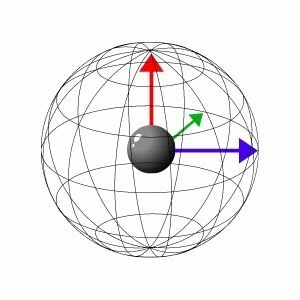In the digital era, technology already applies to each and every business sector, regardless of its position in the value chain, the size of a company, the market or target customers. Software is a key factor in the development of the business, allowing it to be more efficient in its execution of all the activities of a company and it is ingrained, without always perceiving it, in the DNA of its workers, users and end customers.
This demonstrates that technological evolution and digital transformation is practically based on the use of software applications, and that their quality becomes an imposed necessity in the development and maintenance of any business, and therefore, the processes of SW quality assurance obtain an importance that was not as necessary prior to this transformation.
And it is that, in this rapidly transforming world towards digital technology, we are all, some unconsciously aware, consumers of Software, and as such we need, not only applications of the highest quality with which to work, but also that the application be tailored to our needs and priorities. Consumers become a key link in the use of these applications, especially when the decision to use or not is as simple as a click, and the competition is readily available with their own offering. The user becomes the core of Quality.
And here is where the great challenge for SW quality assurance arises in times of digital transformation. How to adapt the best software quality assurance methodology in this environment, where the business sectors are not technology and the core of Software quality resides with the end users.
In these cases, it is no longer sufficient to apply standard software quality assurance methodologies such as CMMI, ISO, SixSigma, V-Model, etc. Now it is necessary to know the environment or business sector in which the quality of Software must be implemented and to understand the experience of the end customer who will use the software, ensuring a qualitative experience.
The solution requires that the concept of QA (Quality Assurance ) be adapted and evolved.
This evolution is the so-called SPHERICAL QUALITY (SQ) that takes into consideration 3 dimensions:
X axis * Apply quality assurance (QA) standards.
Y axis * In the business environment where the Software is used.
Z axis * With the knowledge of the priorities and needs of the end users of the business sector.
In other words, we must move from the traditionally flat dimension of QA to a quality space, adding that third dimension, because the final objective of quality resides with the end customer and in their experience as a user. User who does not necessarily have to be a technology specialist. The software extends to all business environments, regardless of whether its main activity and priority is technological.
Spherical quality (SQ) is the concept defined by SIPSA to achieve these objectives in any initiative of adaptation to the Digital Era.





Top comments (0)